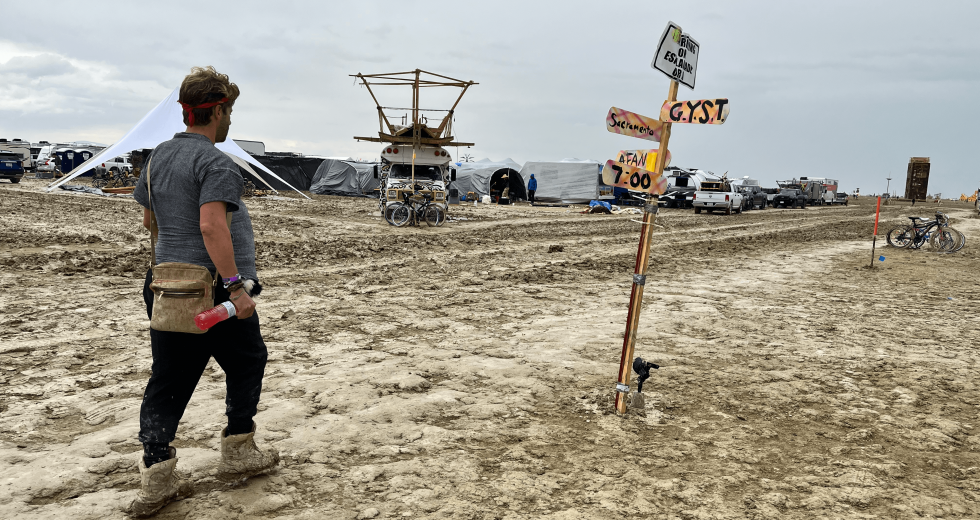Before the storm hit Black Rock City, my Burning Man crew and I were enjoying the hospitality of Camp Morning Wood. A latecomer to the camp who flew in from Reno brought In-N-Out burgers and doughnuts and gave them out for free, in the “gift economy” tradition of the 37-year-old event. The chill atmosphere was a break from busier, glitzier areas like Golden Guy Alley, where the offerings included craft beverages, food samples and jolts from a cattle prod. The excitement of our find would not last long.
Within minutes, the wind began to whip, and large, cold raindrops began pelting us. We jumped on our bikes and rode back to our camp, not wanting to be too far from our tents and RVs in case the rain got worse.
The night ended without much rainfall. We evaded that storm. Our luck ended there.
The author, left, takes a selfie with Burning Man attendees from
Japan.
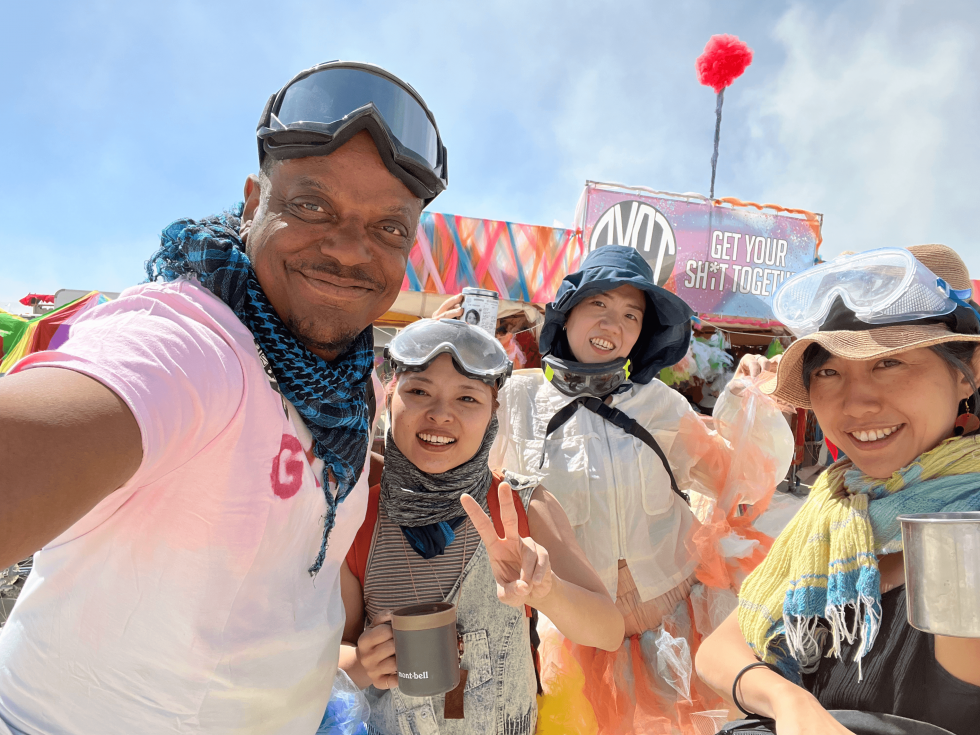
For the unfamiliar, Burning Man, which takes place annually in Nevada’s Black Rock Desert, is not a typical festival with music lineups and concessions. It is an annual experiment in creating community. Attendees are asked to bring everything they need to survive and participate in a gift economy for extras. Camps from around the world organize to help each other live in the desert and support the camp’s scheduled activities, which aim to make the city more vibrant.
Activities include ziplines, playgrounds, roller rinks, dance halls, bars, yoga workshops, miniature golf, bike repair and, yes, an orgy dome — just about anything one can conceive. It’s an opportunity to tune into your artistic childbrain and freedom from commerce, “work talk,” email and the internet that allows attendees to unwind in a way traditional vacations don’t offer.
This community spirit is what draws Burners, as devotees call themselves, back to the desert year after year. It’s also what brought people together when a rainstorm turned that desert into a field of thick mud that briefly trapped attendees in the temporary city, as heavily reported in national and international media. While reporters and commentators struggled to understand why 73,000 would choose to isolate — and unintentionally strand — themselves in the desert, Burners lived out the experiment Black Rock City was built for.
Without access to the internet to get weather updates, we listened to the official Burning Man radio station and gathered reports from other Burners who somehow gained more up-to-date information. As displayed on news reports across the world, the dry lake bed that makes up the Black Rock Desert becomes extremely difficult to traverse during wet weather. With no vegetation or organic material to absorb water, the soil becomes a sticky, gummy mess. The soil cakes on tires and shoes alike, making driving, biking and walking unadvisable to impossible.
Sunset Friday revealed a spectacular double rainbow that ignited a thrill across the playa, triggering countless reenactments of the 2010 viral video that Paul “Bear” Vasquez filmed in Yosemite Park. Hopes that the rainbow offered an end to the rain were quickly dashed. The rain continued and temperatures dropped. Our camp had been giving local cider and craft cocktails, but suddenly our camp bar’s most popular offering was warm cranberry juice.
Keeping spirits high, one of our cross-country campmates who recently took up DJing kept the dance floor moving and the music going, despite the deteriorating conditions. Two-by-two neighbors joined the dance party, shuffling muddy feet to the beat. With our generator elevated out of the water, the dance party lasted until 2 a.m.
Without announcing my departure, I slipped into my tent, found a dry blanket and fell asleep with my feet still caked in mud. In the morning, the camp of 36 people — mostly from the Sacramento region — gathered to assess the damage.
Tough times are not new for Burning Man attendees. In normal years, temperatures in the high desert can range between highs around 90 degrees Fahrenheit and overnight lows near freezing. By most measures, 2022 was one of the most difficult, featuring persistently dusty days and high temperatures exceeding 100 degrees.
“The desert environment where Burning Man takes place is a struggle — a shared struggle — where we can learn many lessons about how to take care of ourselves and each other,” says Angela Gentry, a Sacramento marketing professional and longtime attendee.
While many Burners used the period between rains to enjoy some more Burning Man, others tried to make an exit. Reports suggest thousands of vehicles were stranded. Meanwhile, some attendees — including DJ Diplo, comedian Chris Rock and legal analyst Neal Katyal — decided to hike to the nearest town.
Longtime Sacramento Burner Mark Muskin says he told his friends he wasn’t stuck. “I had no intentions of moving or leaving until after the Man burns,” Mushkin says.
The burning of the wooden figure called “The Man” has been the highlight of the event since its first year, 1986, on San Francisco’s Baker Beach. The event normally draws nearly the entire community to watch a fireworks and pyrotechnic show before the difficult task of taking the city apart and heading home begins.
For the first time in my 13 years of attendance, the weather pushed the burn from Saturday to Monday. While many Burners felt the media overhyped the situation, the conditions did present challenges for some people and camps. Camps that provided food worked to stretch their rations. Meanwhile, without the ability to service the portable toilets, camps — including mine — were forced to discuss backup plans for liquid and solid waste. In the face of these challenges, camps offered to share resources. As one Burner put it, “We ain’t gonna let anyone starve.”
Comparing the rain to the heat of 2022, many firmly proclaimed the year was “still better than last.”
“Rain provided the cleanest air I’ve experienced in 14 burns. It was also the first time I left camp without carrying a dust mask and goggles,” says Mushkin, a semi-retired network engineer.
A funny thing happened in the days when vehicles weren’t allowed to be used at Burning Man. The city slowed down but burned just as brightly.
During normal conditions at Burning Man, hundreds of mutant vehicles — cars and trucks tricked out beyond recognition — ferry thousands of participants from place to place. The contraptions are imaginative, interesting and add to the visual fabric of the event, but these multi-level bass-pumping status symbols can also limit riders’ ability to enjoy smaller art pieces.
With the mutant vehicles parked, the entire community was forced to walk to experience the city. The new reality brought smaller, closer-to-camp art into the spotlight and forced campmates to engage with nearby — often overlooked — camps. People walked by the thousands in mud-heavy boots to Burning Man’s open art space, featuring over 400 art pieces. The conditions also encouraged savoring the good tunes closer to home rather than crossing the city at 2 a.m. to hear a world-renowned DJ perform.
The scarcity of our time in this temporary city forces participants to appreciate every moment they have and seize available opportunities to play, connect and enjoy the co-created experience. As demonstrated by the last two years, one never knows how many opportunities to connect with the art or the people of Burning Man will be subtracted by high winds, hot temperatures or rain.
“Mona” by Chinese artist Miao He is an 8-meter tall
representation of a plush toy.
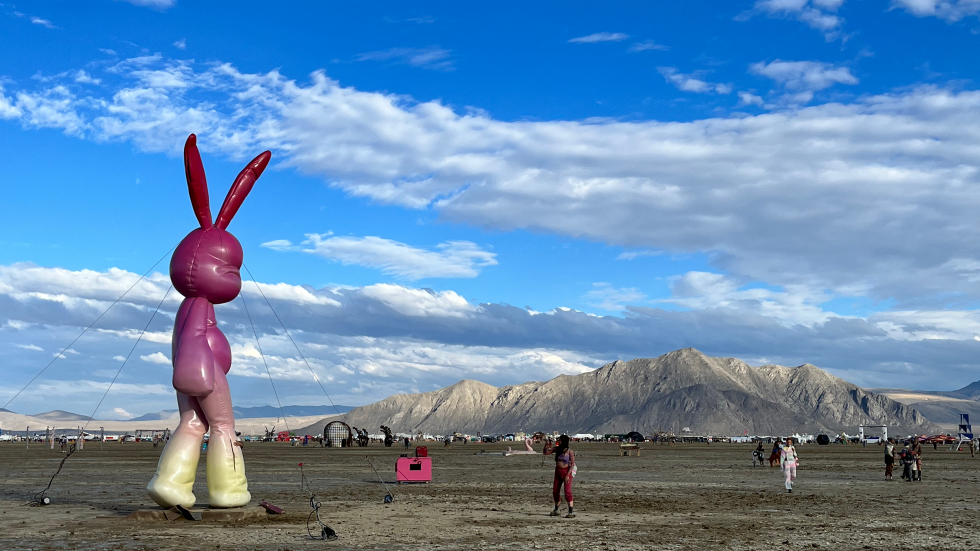
For some the final hours of Burning Man must have been quite stressful. On Sunday morning, those waiting it out swapped stories of vehicles attempting to prematurely free themselves of the playa. As some Burners leaked out of Black Rock City, the rest of us kept walking the rapidly drying playa in anticipation of the Man finally burning.
Monday brought an end to the vehicle restrictions, and the Man Burn was set to proceed at 9 p.m. It began with a dazzling fireworks show, which felt like the fireworks allocated for Saturday, Sunday and Monday were combined into one.
It’s often stated that Burning Man doesn’t give you the burn you want, but the burn you need. After the unrelenting heat of 2022, few knew that Mud Man was just the burn we needed.
Stay up to date on business in the Capital Region: Subscribe to the Comstock’s newsletter today.
Recommended For You
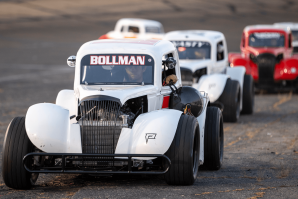
History Speeds on at the West’s Oldest Running Racetrack
Historic Stockton 99 Speedway keeps the racing dream alive in San Joaquin County
The roar of auto engines and the smell of gasoline, hot dogs,
barbecue and beer have marked summer Saturday nights at
the Stockton 99 Speedway since 1947 at the oldest
running racetrack west of the Mississippi.
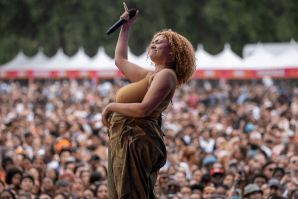
Sacramento’s Sol Blume Music Fest Is Back in the Sun
A rescheduled Sol Blume sets new attendance record
After torrential rains hit the Capital Region early in 2023, flooding out Discovery Park, organizers of the upcoming Sol Blume festival planned there for April 29-30 had some decisions to make.
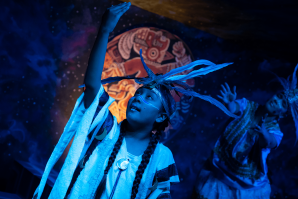
Fresh Perspectives at Sacramento’s Oldest Latinx Theater
How Teatro Espejo launches careers and enriches the community
If you pass the intersection where Sacramento’s Natural Foods Co-Op faces the food bank and walk along the light rail tracks, you’ll discover the city’s oldest Latinx and Chicano theater, Teatro Espejo.

Lake Tahoe Sets New Attendance and Viewing Records for American Century Championship Celebrity Golf Tournament
Crowds surged as NBA superstar Steph Curry battled for the title
A record 76,810 fans turned out to watch the star-studded tournament.



